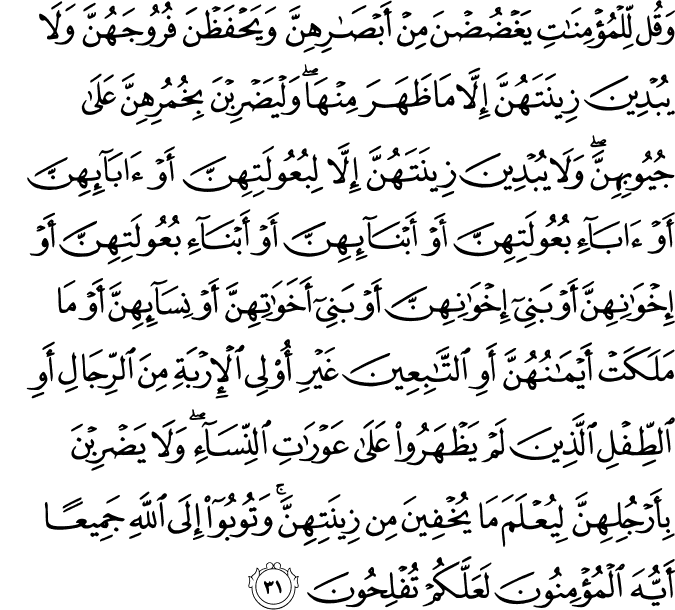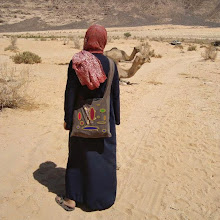One of my favorite things about living in southern Jordan is
the sense of community. I came across a
set of statistics once that placed the population of Aqaba Governorate at
around 103,000 people in 2005 – though the population has grown in 9
years, I can’t imagine that it has grown much.
As a result of this small population and the family-based nature of the
society – people know each other and they know each other’s families. It’s hard to come across a stranger in
southern Jordan – if you don’t know the person in front of you – you can be sure that you have someone in common. As a result,
I find that I often encounter people that I know and like. On the flip side, is the sense sometimes that everyone knows, for better or for worse, one’s business. While this creates a strong sense of
accountability in one’s behavior – for me, as the only single, foreign woman in
the Wadi Rum area, I sometimes feel like a particularly intriguing microscope specimen. There are days when I wish that I was
invisible and there are also days when I wish that I didn’t have to explain
myself to every taxi driver, shopkeeper and restaurant tout – particularly
during my weekly visits to Aqaba.
Fortunately, traditional Arab society provides a solution,
for women, to the problem of anonymity through an item of clothing known by a
variety of names internationally, but locally, as the niqab or heimar. For those interested in a technical
difference, the niqab is the piece of fabric that covers just the face while
the heimar is a combined head and face covering that leaves the eyes
visible. Neither of these should be
confused with the burqa which covers the entire body.
The tradition of women covering their faces is a pre-Islamic
one which dates back at least to the Roman Empire, where women of wealth and
influence covered their heads and, in some cases, faces to differentiate
themselves from the commoners. Upper
class women in the Ottoman Empire covered their faces as well but the tradition
of face-covering did not arrive to the Arabian Peninsula until the 1700s. From
a religious perspective, the main mention of modesty requirements vis a vis dress in the Koran is as follows in Sura An-Nur (24:30-31):
24:30

24:31

You'll note that while both men and women are asked to be modest - there is no clearly prescribed Islamic dress. :) As with most divinely revealed scripture, the Koran leaves a great deal to interpretation. In fact, one of the most beautiful things (and one of the great challenges) about Islam is the freedom that it gives to its scholars and practitioners to interpret the religion to their time and place. As a result, a cultural practice of face-covering which is equated with a high degree of modesty has been deemed by some scholars as a practice that is most suitable for women wishing to express their religious devotion through material means. It is these interpretations which dominate the practice of Islam in the towns and villages of Jordan's southern desert - the communities in which I choose to live.
That said, my initial decision to wear niqab was motivated not by religion but by a desire for anonymity in the pursuit of daily tasks outside the house - hence mostly expedience. Modesty was a part of my motivation in the sense of modesty as an effort to not draw attention to oneself and one's actions. I've worn niqab now in most public spaces for the past two months. The addition of a small piece of strategically placed fabric to my dress has been opened doors of inquiry, controversy and learning that I never would have imagined. I've learned more about myself and my faith and gained an even greater understanding of the values of the community in which I live. I'm happy to share the story with you.
